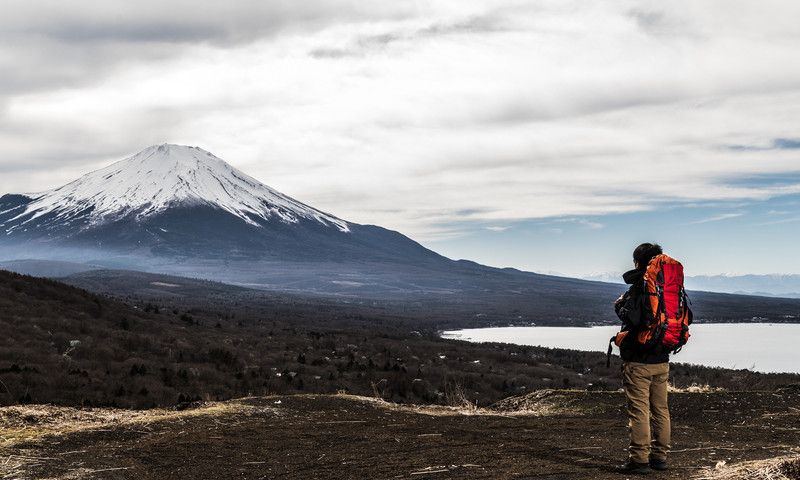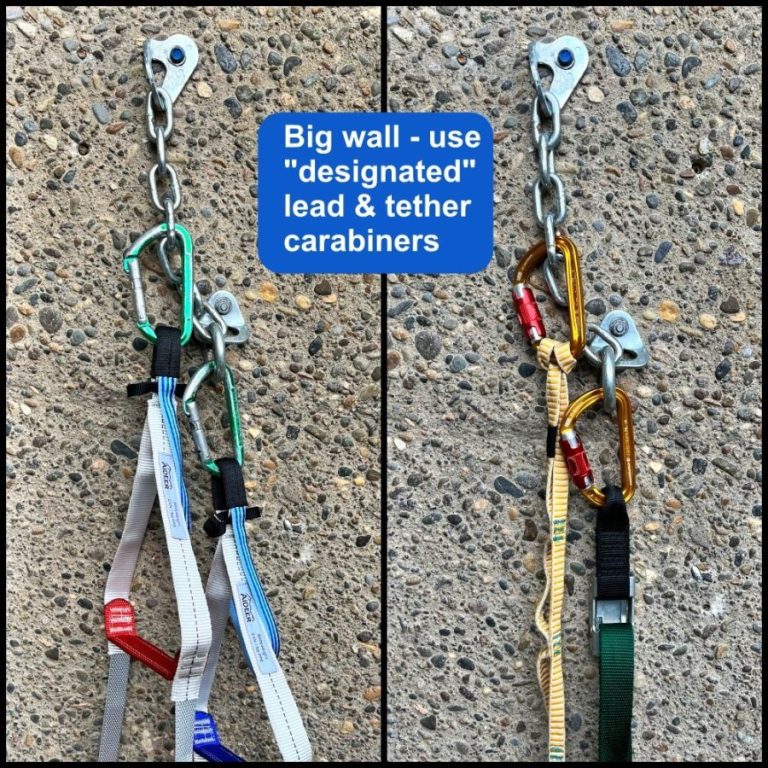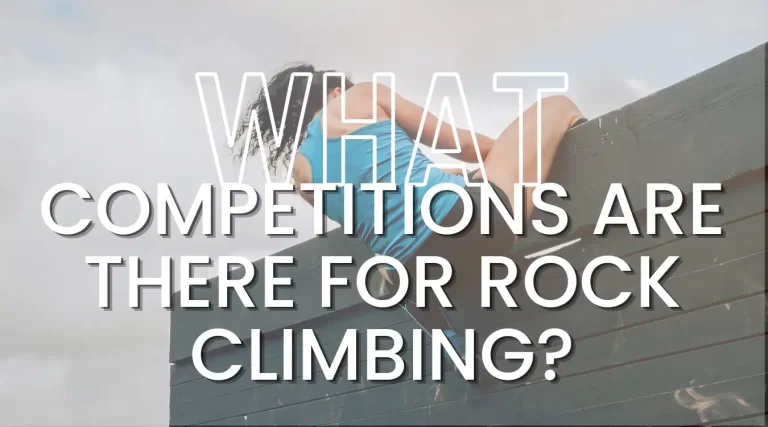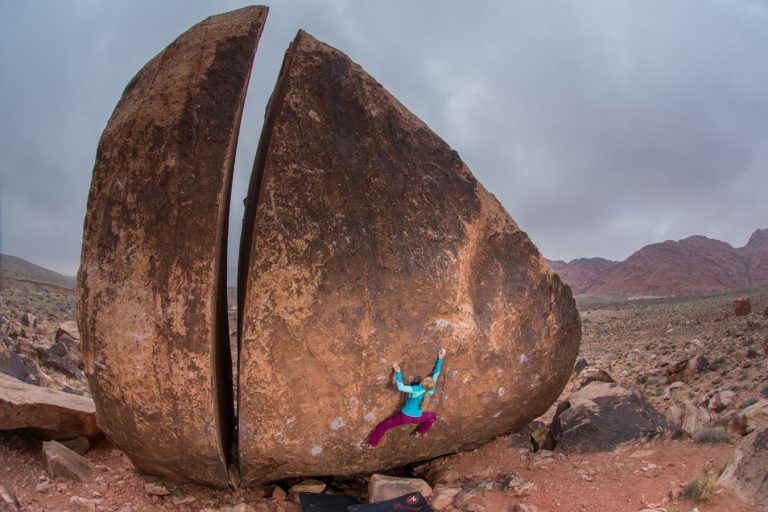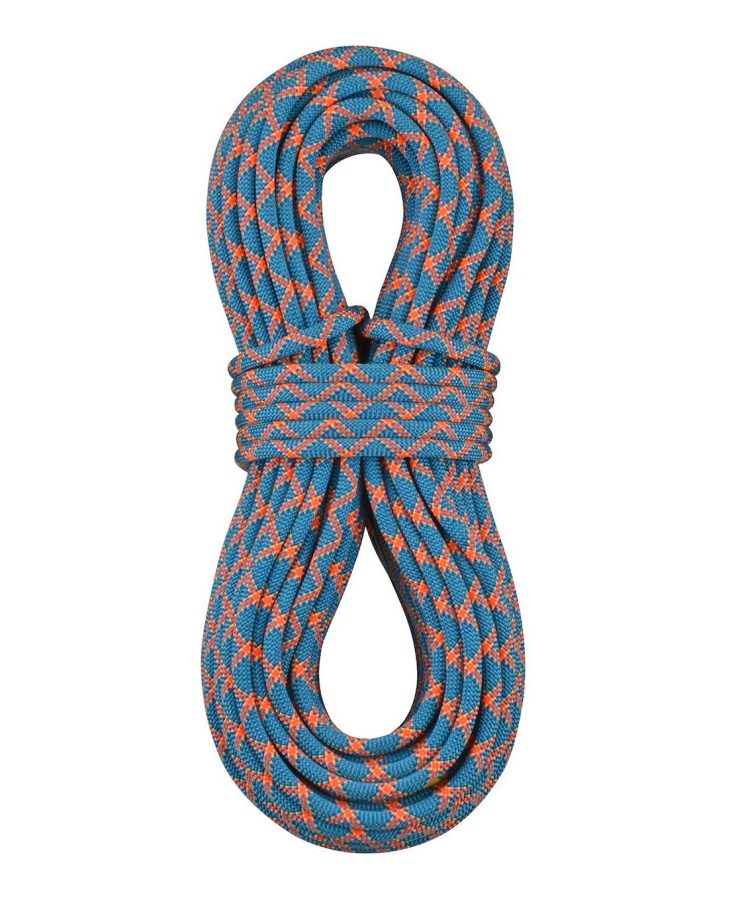How Long Does It Take to Climb Mount Fuji?
Introduction to Mount Fuji
Mount Fuji, Japan’s iconic and highest peak, has captivated the hearts and minds of adventurers, artists, and tourists for centuries. Standing at 3,776 meters (12,389 feet), this active stratovolcano is a symbol of Japan and offers an unforgettable climbing experience. But how long does it take to climb this majestic mountain? Let’s explore the factors that contribute to the time required to reach the summit.
The Climbing Seasons
The Official Climbing Season
The best time to climb Mount Fuji is during the official climbing season, which runs from early July to mid-September. During this time, the weather is relatively mild, the mountain huts are open, and public transportation to the trailheads is readily available. Most climbers can reach the summit within 5 to 10 hours, depending on the trail and their physical fitness.
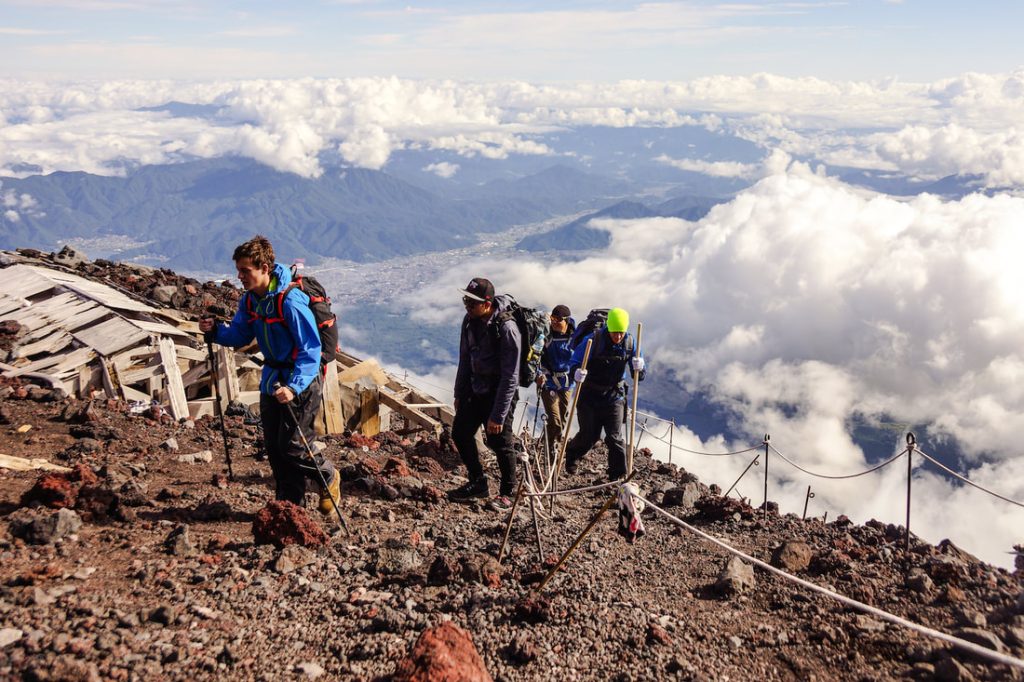
Off-Season Climbing
Climbing Mount Fuji outside the official season is not recommended for inexperienced climbers due to harsh weather conditions, limited facilities, and increased risks. However, experienced mountaineers may choose to climb during the off-season, which typically takes longer due to the challenging conditions and increased need for caution.
The Trails to Choose From
There are four main trails to reach the summit of Mount Fuji, each offering a unique experience and varying in difficulty and climbing times.
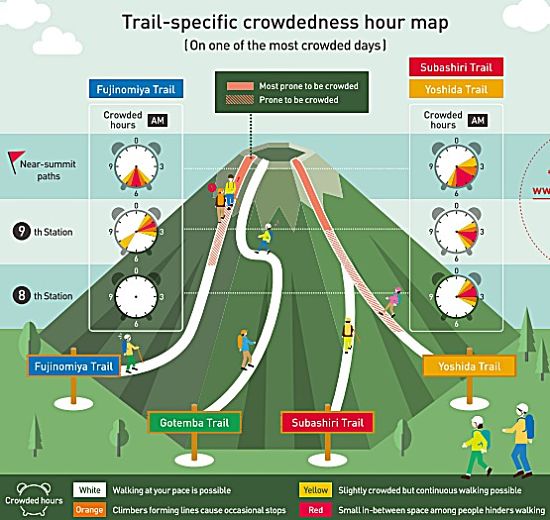
Yoshida Trail

The Yoshida Trail is the most popular route, attracting more than half of all climbers. Starting from the Fuji-Subaru Line 5th Station, it takes approximately 5 to 7 hours to ascend and 3 to 5 hours to descend.
Subashiri Trail
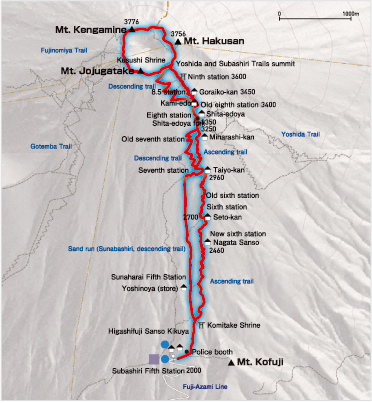
The Subashiri Trail begins at the Subashiri 5th Station and offers a more serene experience than the Yoshida Trail. Climbing time for this trail is roughly 5 to 8 hours to ascend and 3 to 5 hours to descend.
Gotemba Trail
The Gotemba Trail, starting from the Gotemba New 5th Station, is the longest and least crowded route. This trail is considered more challenging and can take 7 to 10 hours to ascend and 4 to 6 hours to descend.
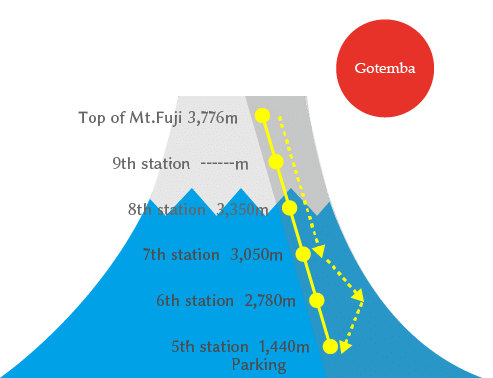
Fujinomiya Trail
The Fujinomiya Trail starts at the Fujinomiya 5th Station and is the shortest and steepest route. Climbing times for this trail are approximately 4 to 7 hours to ascend and 2 to 4 hours to descend.
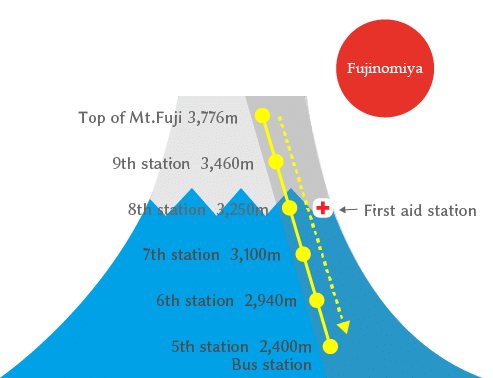
Factors Affecting the Climbing Time
Physical Fitness and Experience
Your physical fitness and mountaineering experience play a significant role in determining how long it takes to climb Mount Fuji. Experienced hikers with good physical fitness can complete the climb in less time, while beginners or those with limited physical abilities may require more time.
Weather Conditions
Weather on Mount Fuji can be unpredictable and may affect climbing times. Strong winds, heavy rain, or even snow can slow down your progress and make the ascent more challenging. It’s essential to check the weather forecast before your climb and be prepared for unexpected conditions.
Altitude Sickness
Altitude sickness can impact climbers, especially those who are not accustomed to high elevations. Symptoms such as headache, nausea, dizziness, and shortness of breath can slow down your progress. To minimize the risk of altitude sickness, it’s recommended to acclimatize by spending a night at one of the mountain huts and ascending at a gradual pace.
Tips for a Successful Climb
- Start your training early to improve your physical fitness.
- Choose the right trail based on your experience and fitness level.
- Pack appropriate clothing and gear for changing weather conditions.
- Stay hydrated and maintain a steady pace to minimize the risk of altitude sickness.
- Plan your climb during the official climbing season for the best experience and support.
Conclusion
Climbing Mount Fuji is a once-in-a-lifetime experience that offers stunning views and a sense of accomplishment. The time it takes to reach the summit depends on various factors, including the chosen trail, physical fitness, experience, and weather conditions. By preparing adequately and following the tips provided, you can enjoy a successful and memorable climb.
FAQs
- What is the best time to climb Mount Fuji? The best time to climb Mount Fuji is during the official climbing season, which runs from early July to mid-September.
- How difficult is it to climb Mount Fuji? The difficulty of climbing Mount Fuji depends on the trail, physical fitness, and experience. While some trails are more challenging than others, most climbers can reach the summit with proper preparation and a reasonable level of fitness.
- Do I need a guide to climb Mount Fuji? A guide is not required to climb Mount Fuji, but hiring one can be beneficial, especially for inexperienced climbers or those unfamiliar with the trails and conditions.
- Are there mountain huts available for overnight stays? Yes, there are mountain huts along the trails that provide lodging, meals, and restroom facilities during the official climbing season. It’s advisable to book in advance, as they tend to fill up quickly.
- Do I need a permit to climb Mount Fuji? You do not need a permit to climb Mount Fuji. However, climbers are encouraged to make a voluntary donation at the trailhead to support the maintenance and preservation of the mountain.
